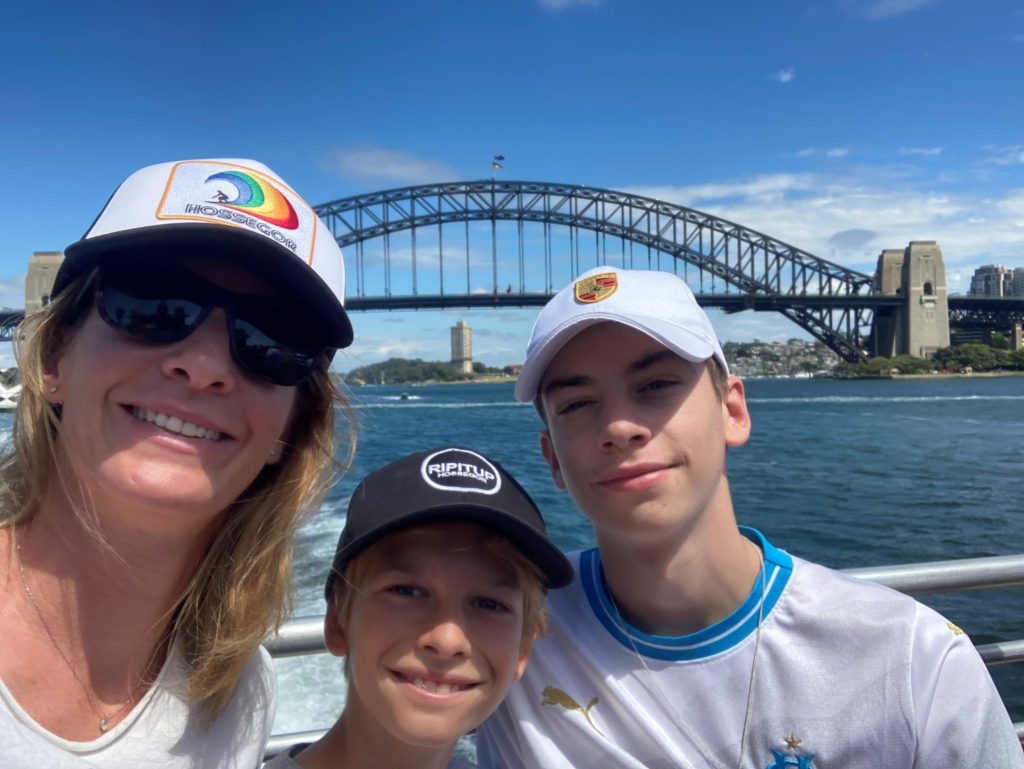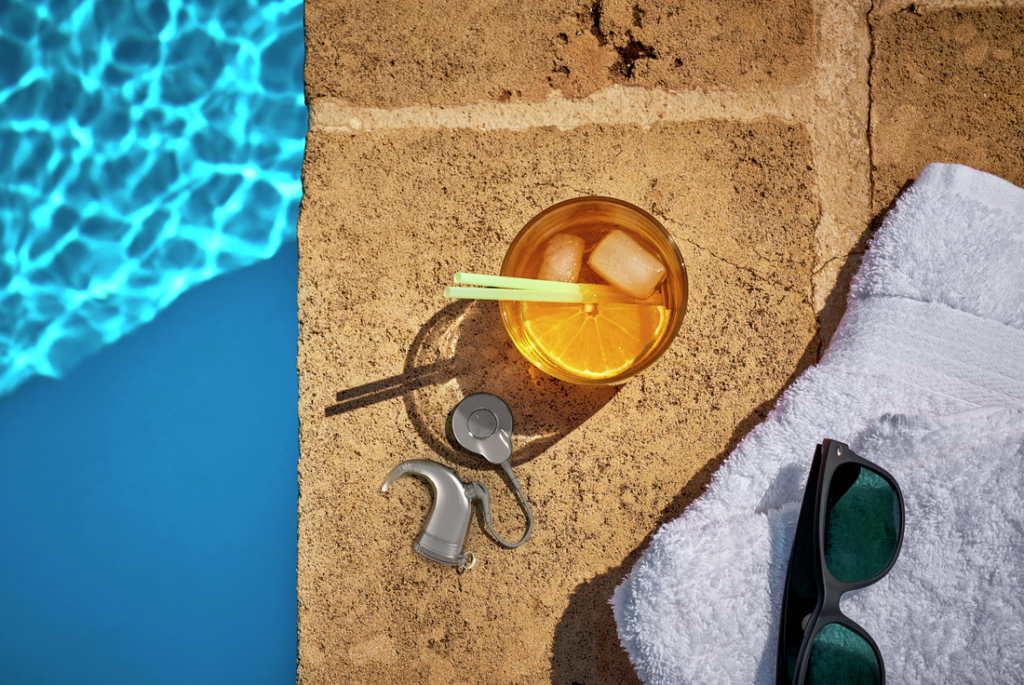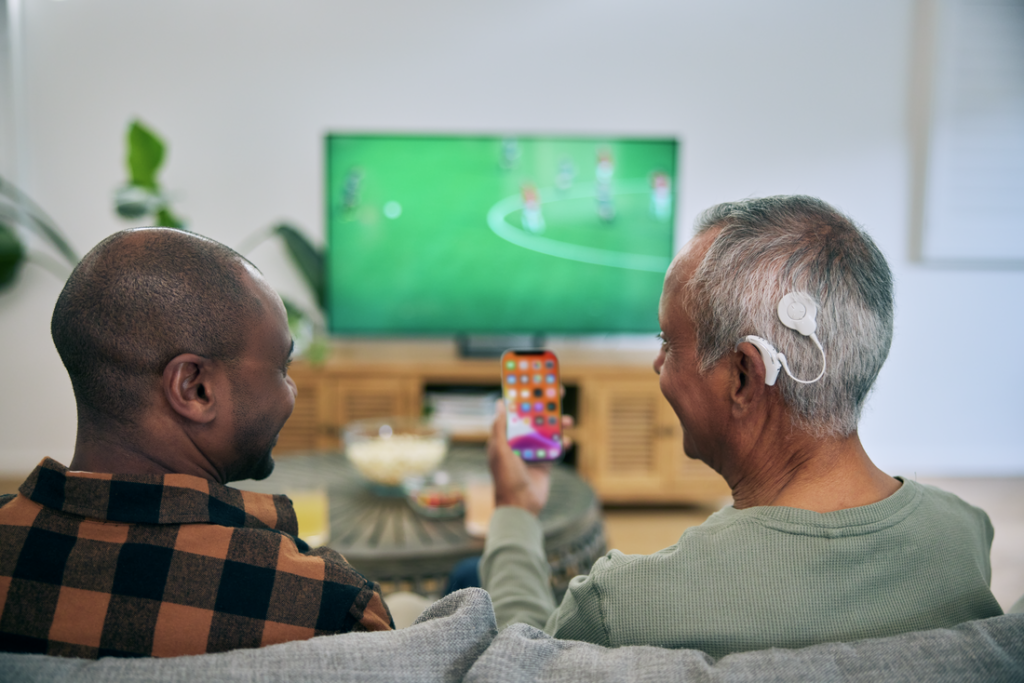You probably know that exposure to sweat, water, dust, and dirt can impact the performance and lifespan of your sound processor. This article will help you understand how you can protect your device while also living your life as you’d like.
Sound processor IP ratings
To start, it’s important to know how your device is rated for dust and water protection. The IP rating indicates the testing we’ve completed on a product to show how it’s protected against certain conditions. Let’s unpack what an IP rating means, how it helps you look after your sound processor and what you need to know.
If you’re not sure of the IP rating for your device, check your user guide or see below.
Cochlear™ Nucleus® 8 Sound Processor# (IP68)
Cochlear Nucleus 7 Sound Processor## (IP57)
Cochlear Kanso® 2 Sound Processor± (IP68)
Cochlear Kanso Sound Processor±± (IP54)
Cochlear Osia® 2 Sound Processor† (IP57)
Cochlear Baha® 6 Max Sound Processor†† (IP68)
Cochlear Baha 5 and Baha 5 Power Sound Processor‡ (IP63)
Cochlear Baha 5 SuperPower Sound Processor‡‡ (IP57)
Why the IP rating matters
We aim to make our products durable to withstand the demands of your active life. We therefore design them to be dust and water resistant. And, like manufacturers of other electronic devices, such as smartphones, we then test our devices for dust and water ingress (or entry) protection against the international standard of electronic devices.
The IP stands for “ingress protection”, followed by two numbers. The first number refers to how protected a device is from dust or dirt. The second number denotes the protection against water. The higher the number, the better the protection level.
For example, an iPhone 14 has an IP68 rating, similar to the latest Android™ smartphones like Samsung 22 Ultra and Google Pixel 7. If your sound processor has an IP68 rating, this means it is well protected from dust and dirt and has a high level of water resistance. The “6” signifies that it was rated “dust tight” and the “8” means that it’s highly water resistant. For our devices to get an “8” rating they must still work after being submerged in one metre of fresh water for one hour be able to be submerged in one metre of fresh water for one hour. This level is particularly helpful for those living in humid climates but be sure to still take care of your device with daily maintenance and drying.
Your sound processor is designed to withstand a sweaty workout at the gym or getting caught in the rain without long-term damage, with the recommendation that you look after it by following daily cleaning and care guidance.
How do devices get IP ratings?
An electronic device needs to be independently tested in certified lab conditions to be given its IP rating. This helps provide confidence that the device is made to a high standard of quality and durability.
Moisture and dirt can cause problems for the delicate electronic parts of sound processors, so it’s important to keep them clean and dry after the wear and tear of everyday use, to help them keep working their best.
Does an IP68 rating mean I can go swimming with my device?
Your sound processor is a small, intricate device and we don’t recommend swimming with it, just like you probably wouldn’t take your smartphone swimming.
If you want to enjoy activities like swimming, snorkelling and bathing, we recommend Cochlear Implant and Osia recipients use Aqua+ accessories* which provide added protection, especially if you’re exposing your device to chlorinated or salt water or soapy water.
What about other ratings like IP57?
While IP68 is a higher rating, IP57 is still well protected. You can still feel reassured that sound processor has a resistance against both dust and liquids.
What activities are recommended with my sound processor?
Moisture is not a friend to the inside workings of your sound processor, depending on the water resistance rating, you can work up a sweat or get caught in the rain without worry. Children can enjoy running through sprinklers on hot days and playing in the paddling pool. Just remember to clean and dry your device.
If your device gets submerged in water
Then remove the battery module (and disposable batteries if used), dry them and the contacts with a soft cloth, and replace them. Place your processing unit in the dry aid kit provided by Cochlear for eight hours. If you use a Kanso Sound Processor, dry it with a soft cloth.
What if I want to hear while swimming or help my child hear in the bath?
We want you to enjoy splashing in the bath, pool, or ocean without worry. Cochlear Aqua+ accessories are available with some of our sound processors to help you enjoy activities in the water.* Aqua+ helps keep your device water-safe to three metres in depth for up to two hours.
Learn more about Aqua + accessories and how to purchase yours.
#The Cochlear Nucleus 8 Sound Processor is dust and water resistant to level IP68 of the International Standard IEC60529. The Nucleus 8 Sound Processor was tested to a depth of up to 1 metre for up to 1 hour. Refer to the relevant user guide for more information.
##The Cochlear Nucleus 7 Sound Processors is dust and water resistant to level IP57 of the International Standard IEC60529 when using a rechargeable battery module and level IP54 when using a disposable battery module.
±The Cochlear Nucleus Kanso 2 Sound Processor is dust and water resistant to level of IP68 of the International Standard IEC60529.
±±The Cochlear Nucleus Kanso Sound Processor is dust and water resistant to level IP54 of the International Standard IEC60529.
†The Cochlear Osia 2 Sound Processor, with battery compartment excluded, is dust and water resistant to level IP57 of the International Standard IEC60529. The Osia 2 Sound Processor with Aqua+ is water resistant to level IP68 when used with LR44 alkaline or nickel metal hydride disposable batteries. Refer to the relevant user guide for more information.
††The Cochlear Baha 6 Max Sound Processor, with battery compartment excluded, is dust and water resistant to level IP68 of the International Standard IEC60529. Refer to the relevant user guide for more information.
‡ The Cochlear Baha 5 Sound Processor and Baha 5 Power Sound Processor, with battery compartment excluded, are dust and water resistant to level IP63 of the International Standard IEC60529. Refer to the relevant user guide for more information.
‡‡The Cochlear Baha 5 SuperPower Sound Processor is dust and water resistant to level IP57of the International Standard IEC60529. Refer to the relevant user guide for more information.
* The Aqua Accessory and the Aqua+ sleeve are dust and water resistant to level IP68 of the International Standard IEC60529 and can be continuously submerged under water to a depth of up to 3 metres for up to 2 hours. Refer to the relevant User Guide for more information.




